For this week’s “Fridays in the Field,” Art Talmadge and Sherry Simpson, owners of Cranberry Hill Farm (Ashford, CT), discuss farming, life, and maple syrup with Kevin Kromash. Photos by Asia Neupane.
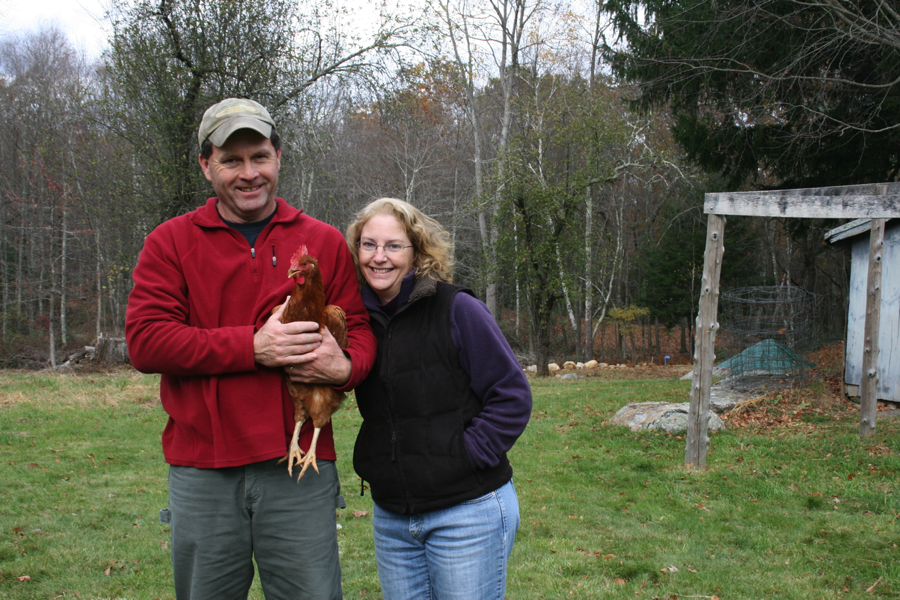 Art and Sherry married shortly after college, where they met in the UConn College of Agriculture. “We dreamed of the farm we’d have someday,” says Sherry.
Art and Sherry married shortly after college, where they met in the UConn College of Agriculture. “We dreamed of the farm we’d have someday,” says Sherry.
However, despite extensive searching, the couple couldn’t find the right piece of land. But one day their fate took a twist, in, of all places, a Dunkin Donuts. As Art enjoyed his coffee, he watched an old man heading straight toward him. Art had been working in logging at that time—which occasionally aggravates neighboring landowners—so he assumed that this was another angry neighbor. As it turned out, the man really just wanted to talk, and at the end of a long conversation, the man mentioned, “And if you know a young couple who want to buy a farm, tell them to give me a call.”
Thus the 28-acre Cranberry Hill Farm was born. “I wanted to call it Serendipity Farm,” says Art. “But I wouldn’t let you,” adds Sherry.
Pictured above is the cranberry bog that lends its name to the farm. The couple do not harvest the cranberries, preferring to leave them for the bird species that feed on them, such as wood ducks. The former owner, who is now 90, remembers that many of the townspeople used to wade out every year to collect cranberries.
The couple now grow 30 to 40 varieties of mostly heirloom vegetables, and raise heritage breed chickens. “My favorites are the Dominiques,” says Sherry. “They say they came here with the first settlers.”
The three breeds of chickens that Art and Sherry chose were all selected for their cold tolerance: New Hampshire Reds (dark red in the photo above), Buff Orpingtons (light red), and Dominiques (black and white). “We don’t heat the coop, even if it’s 10 below in there.”
Sherry and Art strive to get “four seasons of income” out of their farm, while avoiding excess environmental impact. “A lot of people have greenhouses to start things in winter. We don’t do any of that,” says Art.
Instead, the couple have diversified their production. One piece of their plan is a maple syrup operation. Art built the sugar shack (below) on the foundation of the farm’s old milk shed. They bought the smallest commercially-produced evaporator they could find, and in sugaring season (late winter/early spring), Art spends long days in this shack, feeding the fire to keep the sap boiling, and trying to stay awake.
“All our syrup for the year has sold already,” says Art, as Sherry adds with a smile, “It’s that good!”
In an effort to increase future syrup production, Art has been working with the Yale School of Forestry & Environmental Studies to create a “sugar bush” on the Yale-Myers Forest, adjacent to their property (photo below).
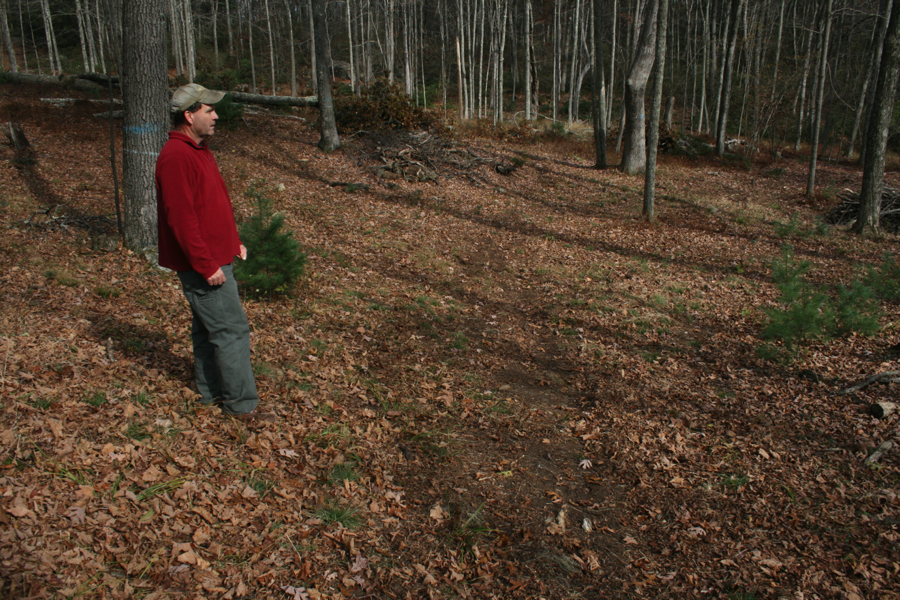 Contrary to what some might think, a “sugar bush” is not a bush—rather, it’s an area of forest in which sugar maple trees are selectively cared for, while the other tree species are removed. “It’s a Northeast term. A Yankee term,” says Art.
Contrary to what some might think, a “sugar bush” is not a bush—rather, it’s an area of forest in which sugar maple trees are selectively cared for, while the other tree species are removed. “It’s a Northeast term. A Yankee term,” says Art.
“We only take the trees out with oxen and horses.” Art explains that, besides from the reduced carbon emissions from not using machinery, using draft animals for the “skidding” of the trees keeps damage to the soil to a minimum. This is evident in the photo below: the dirt trail is the only damage from a recent logging operation in the area.
Another activity in which Art and Sherry strive to reduce their impact is vegetable cultivation. “We could have put a fence around the whole area, but that would have restricted the movement of deer,” says Sherry. Instead, they installed individual fences around each growing plot (photo below). After installing the first fences, Art noticed that birds liked to land on the zip ties he used to attach them to the posts; to encourage the birds to keep insects in check, he now faces all the zip ties inward, so the birds have easier access to the garden.
In discussing the financial aspect of their operation, Sherry explained that she keeps a detailed set of spreadsheets on production and sales, but that they don’t try to maximize their short-term income. “We make the most money on beans. The logical thing in industrial agriculture would be to knock down everything and plant beans. That’s not how we think of it,” explains Sherry, going on to explain that disease would likely wipe out the whole bean crop sometime. “Diversity is our insurance,” says Art.
Looking over their farm, Sherry provides the capstone to the day’s conversation: “We look at our enterprises in a broad sense. We always ask: what gives us the most joy?”
Posted by Kevin Kromash, blogger for CFE/Save the Sound

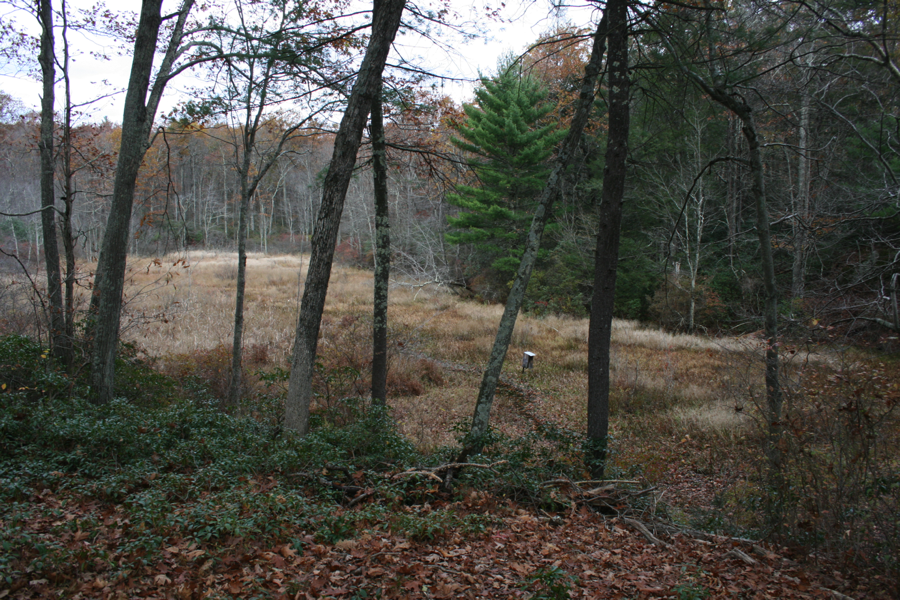
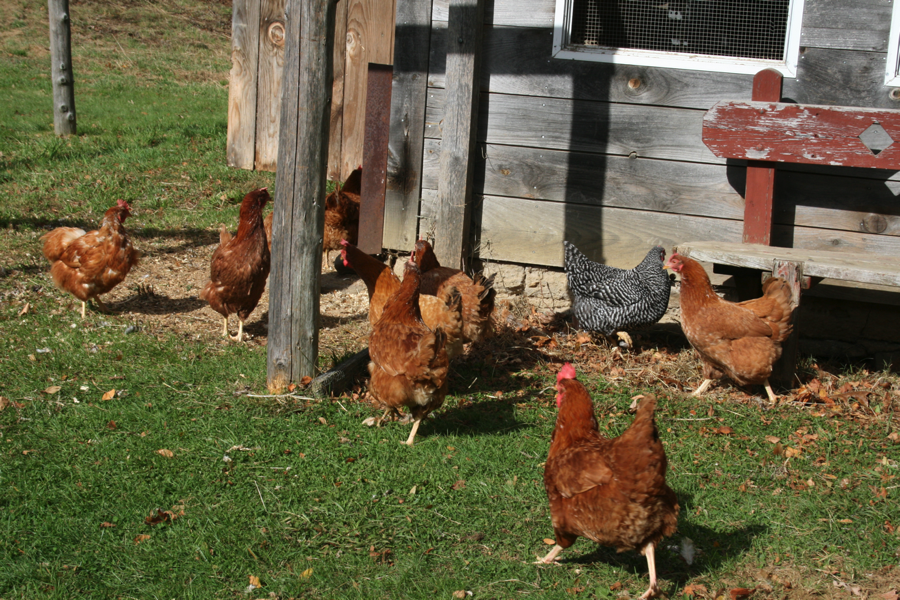
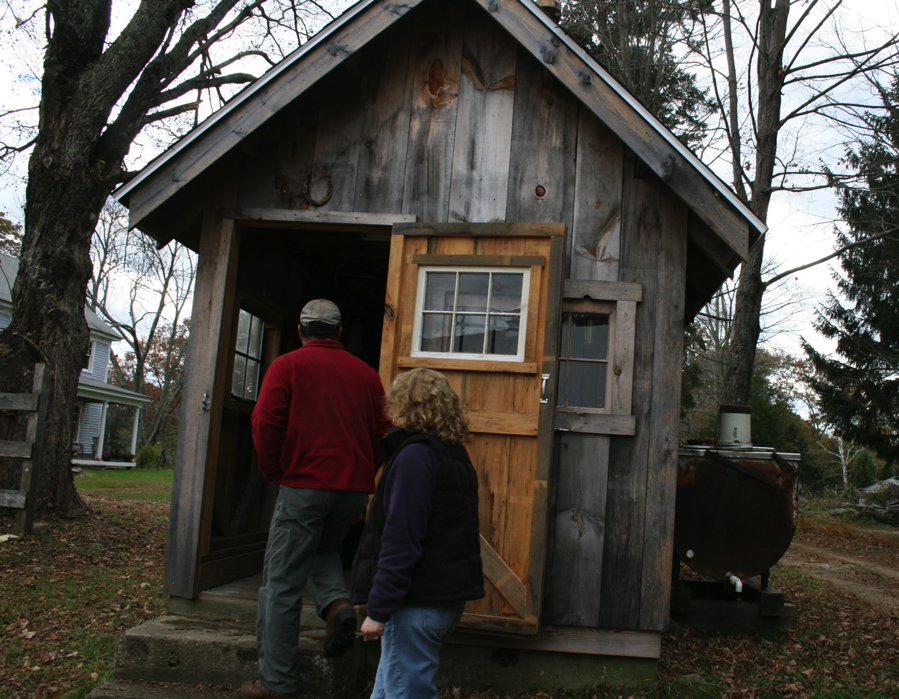
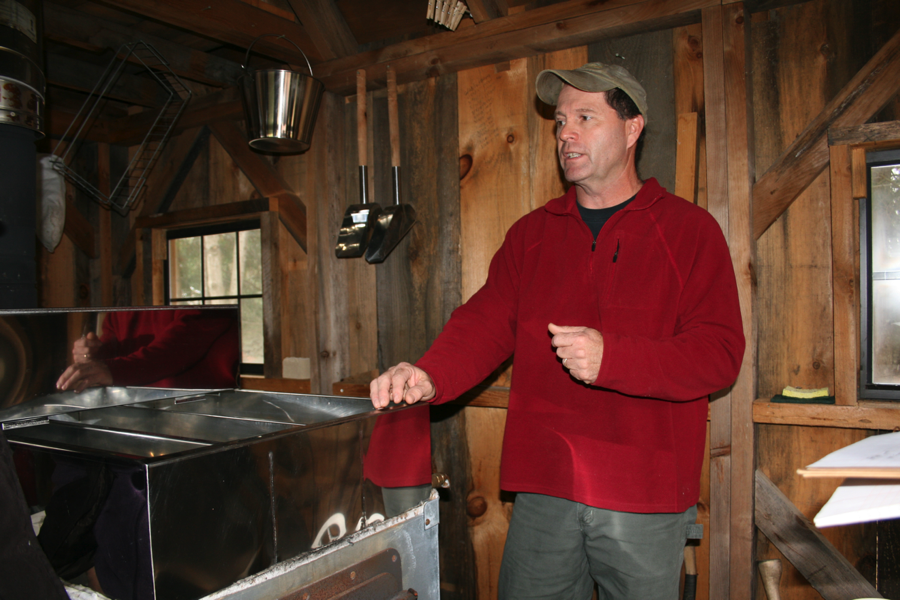
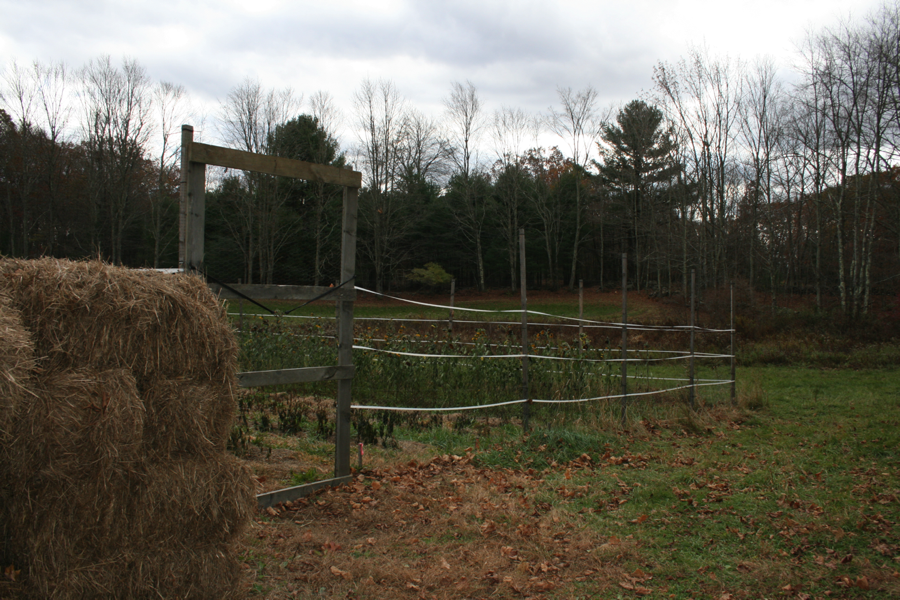
Great story and photos.
I love the zip tie tip!